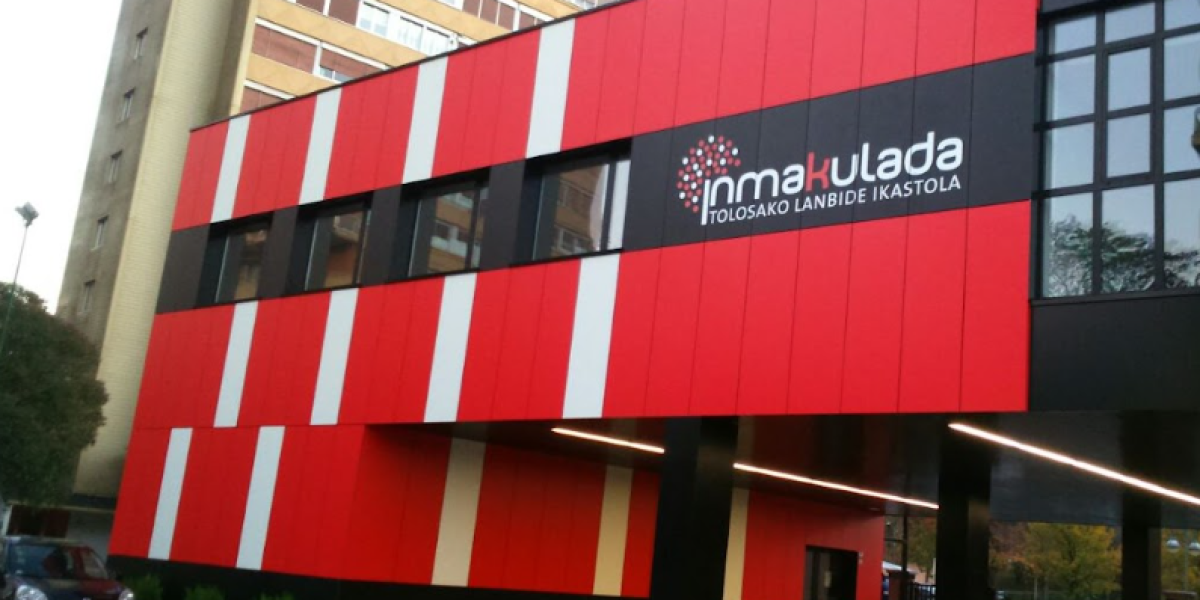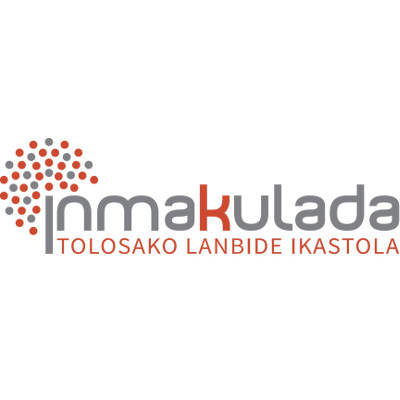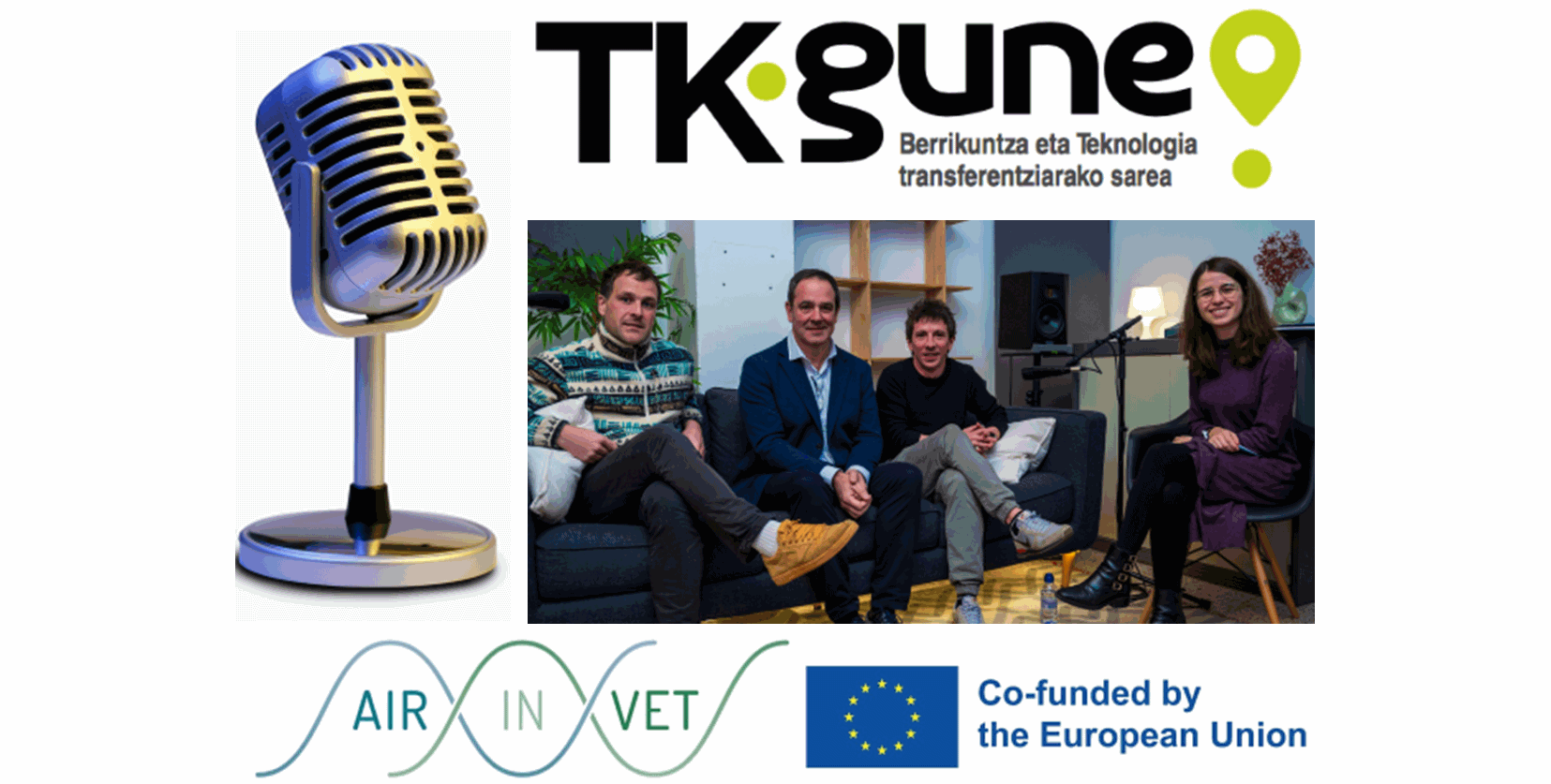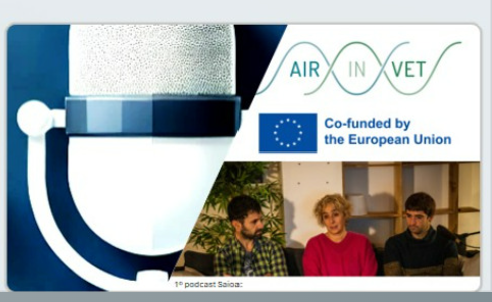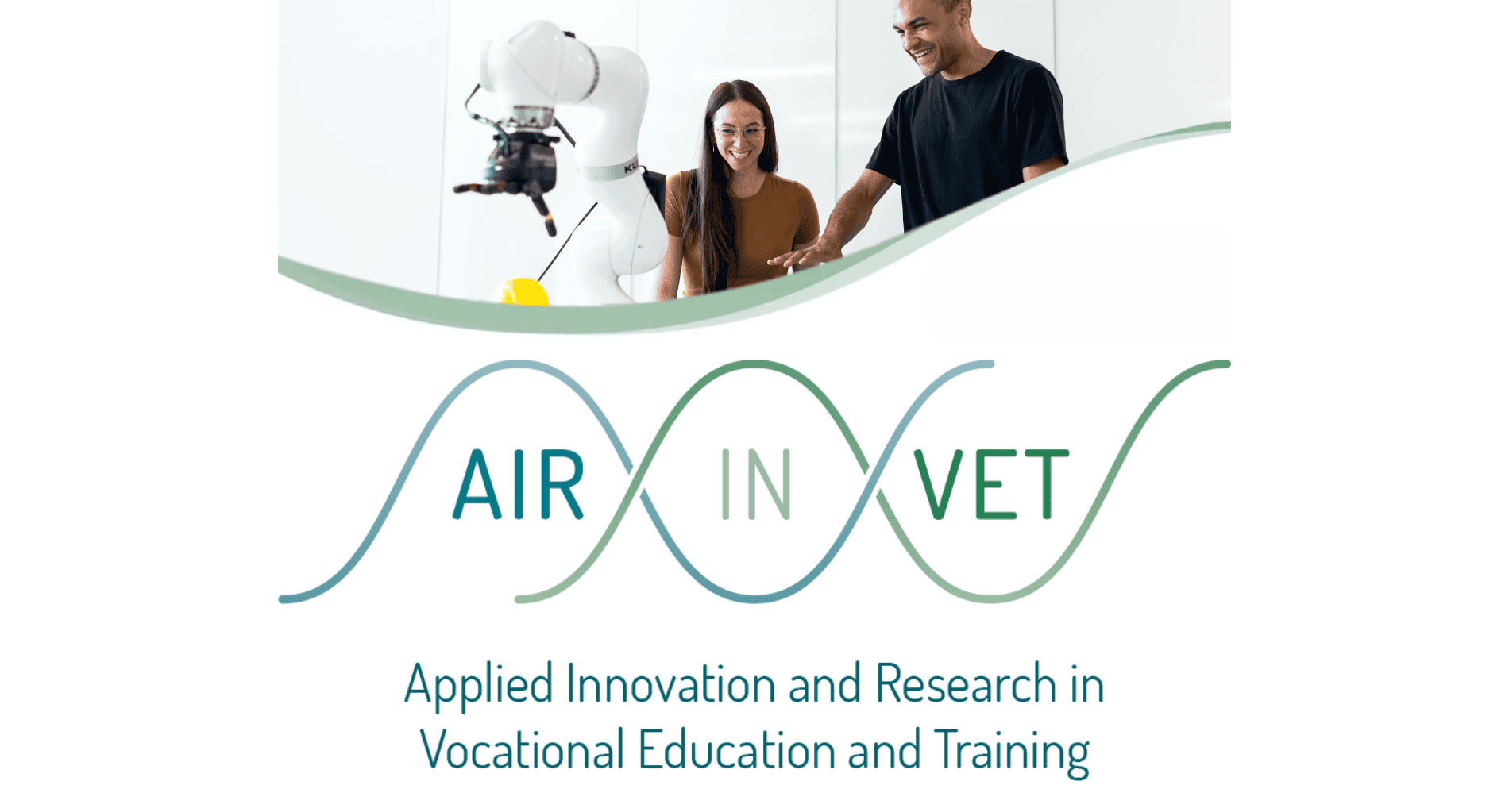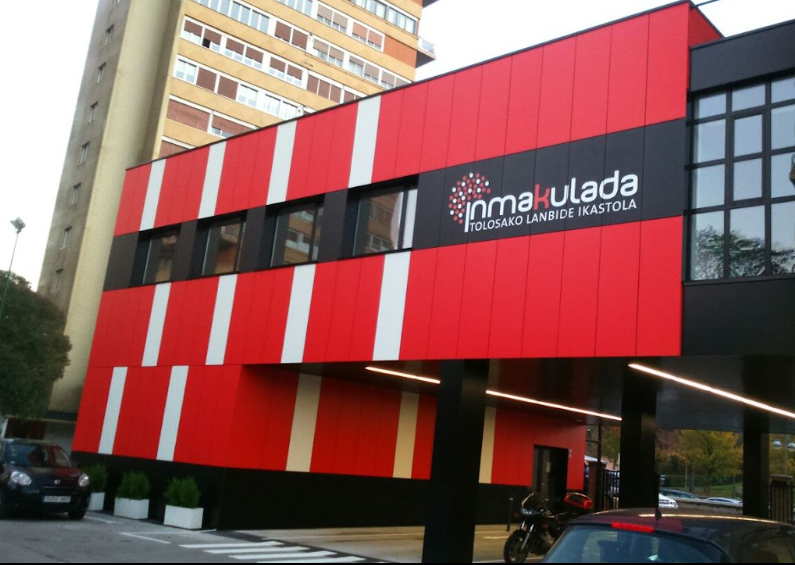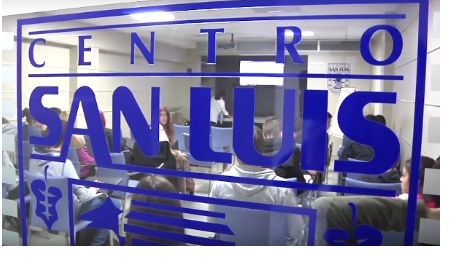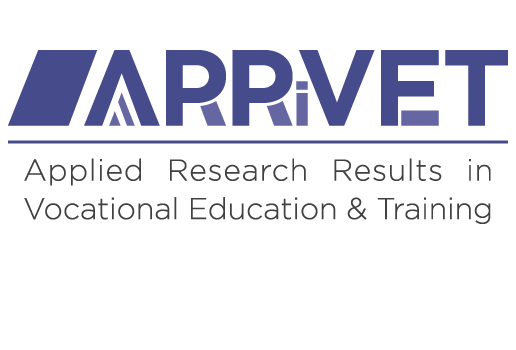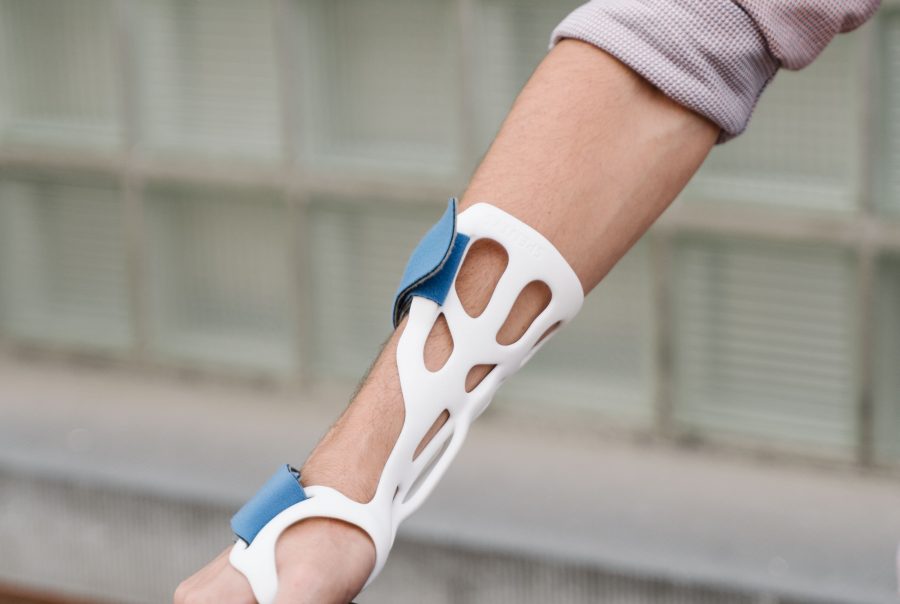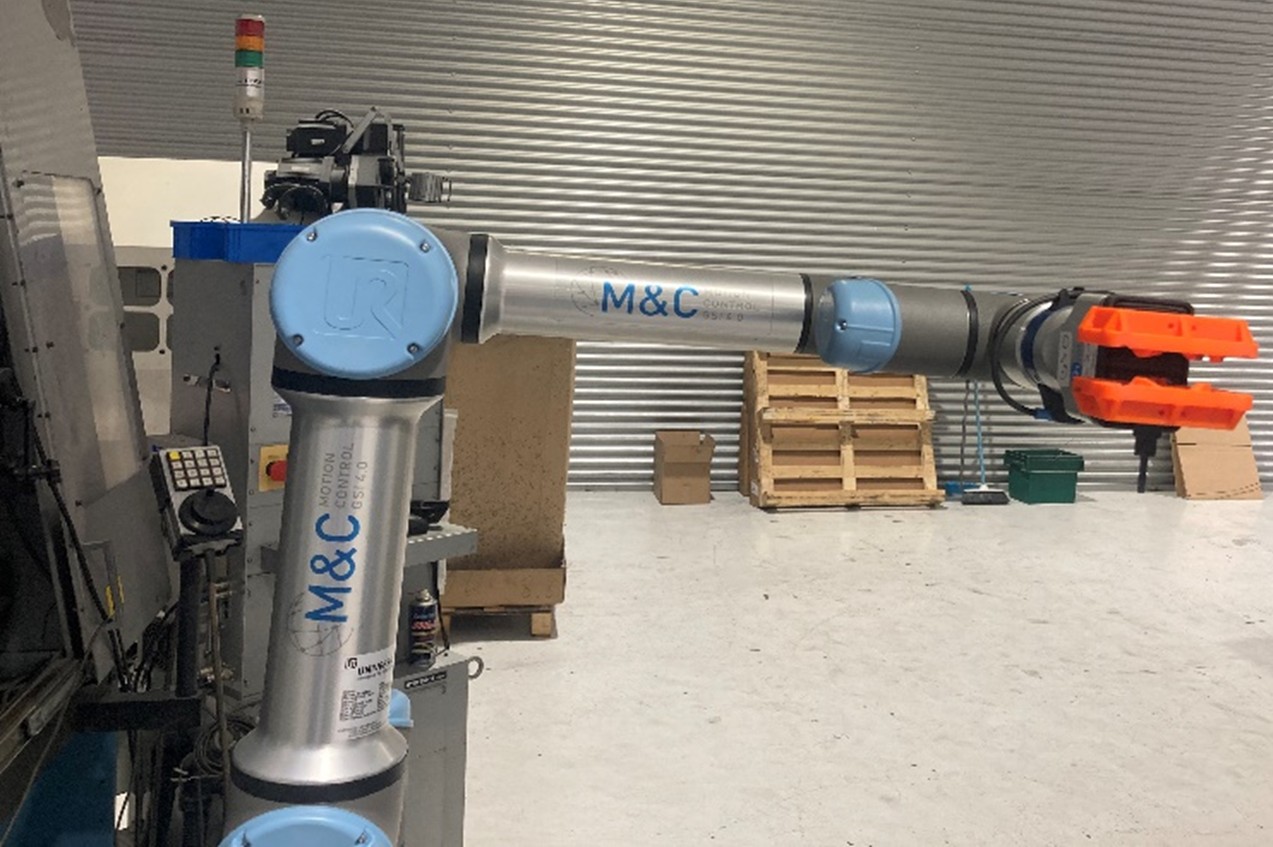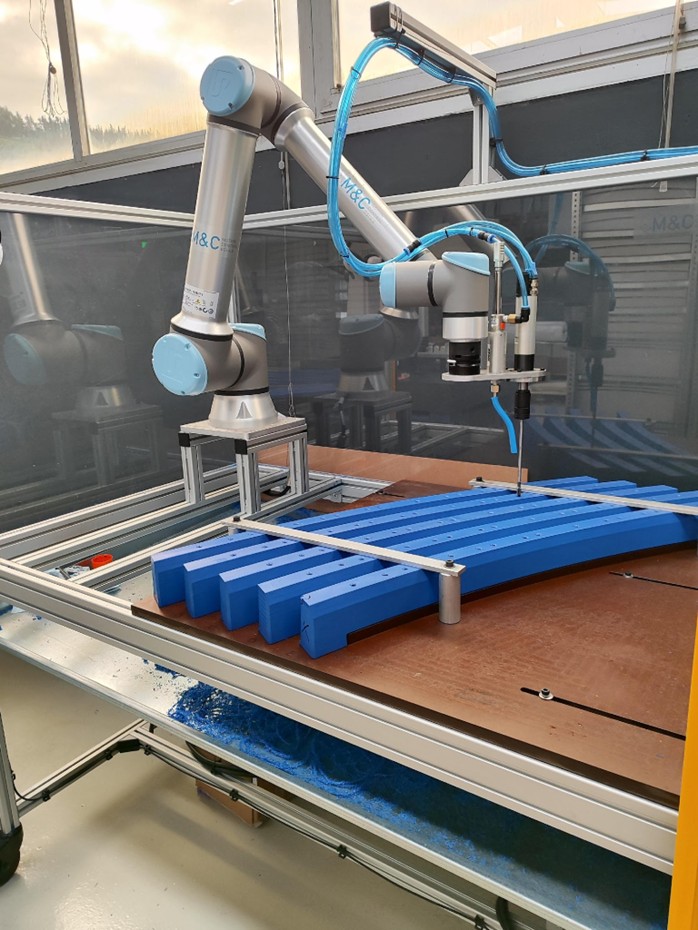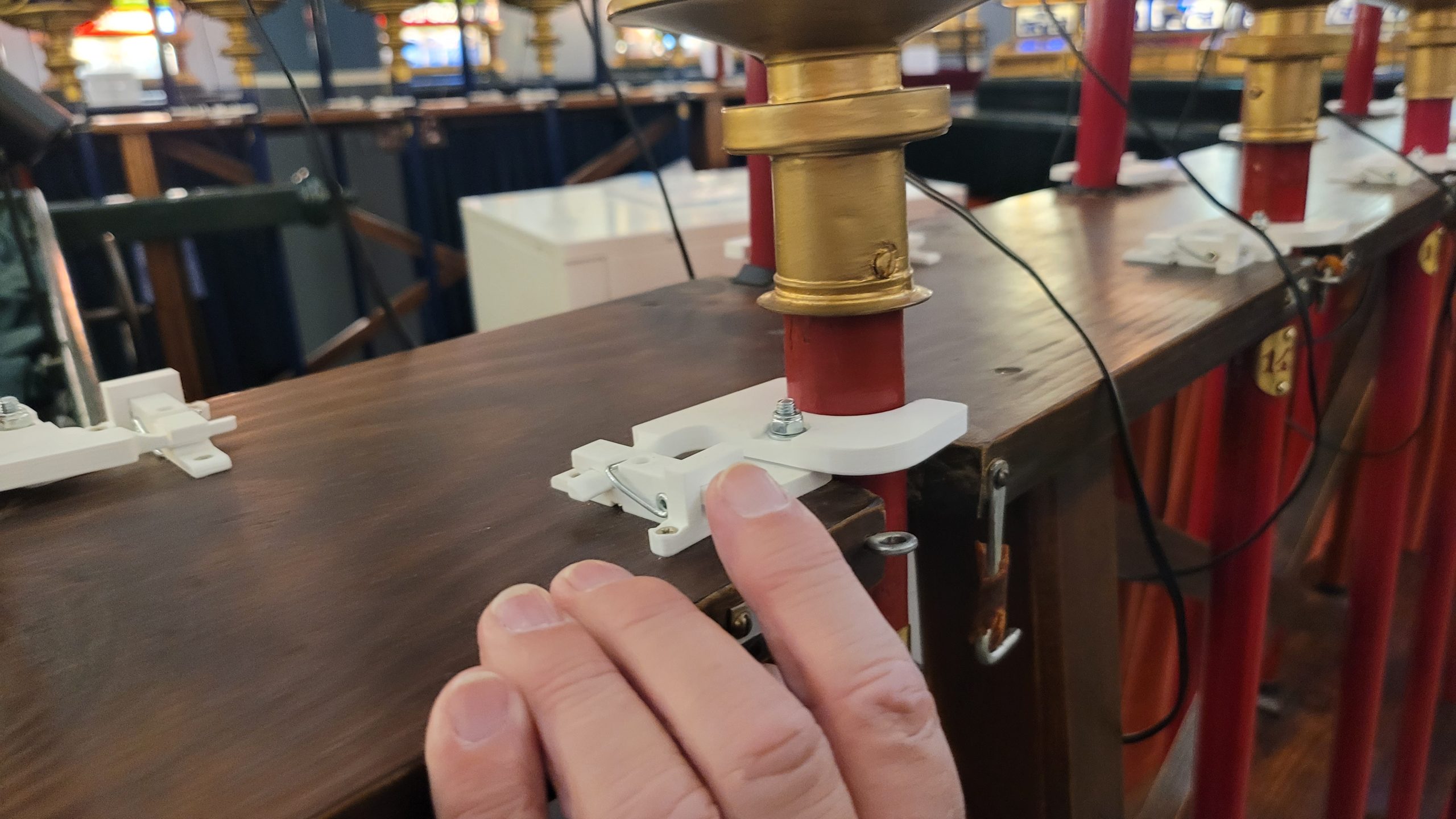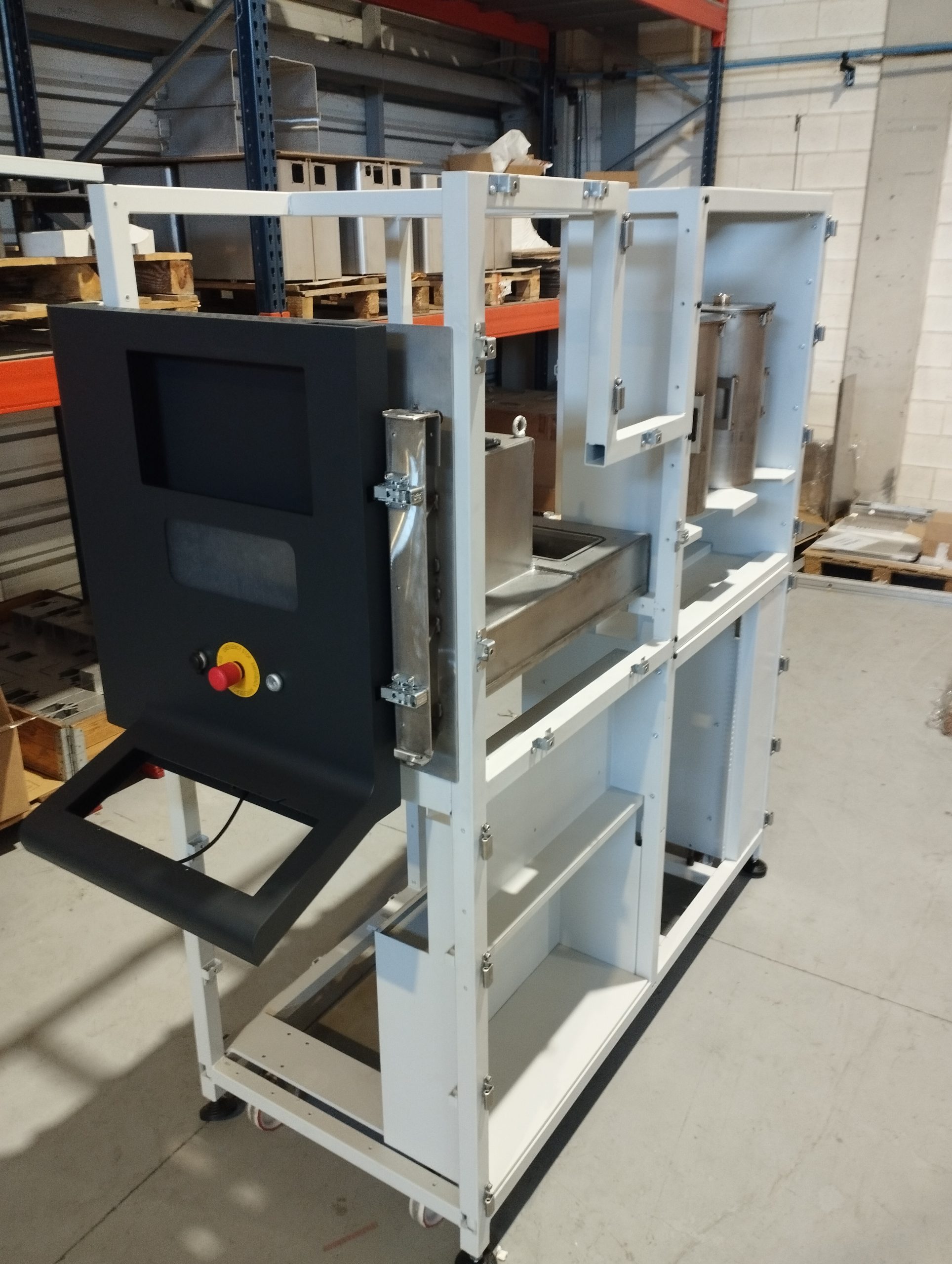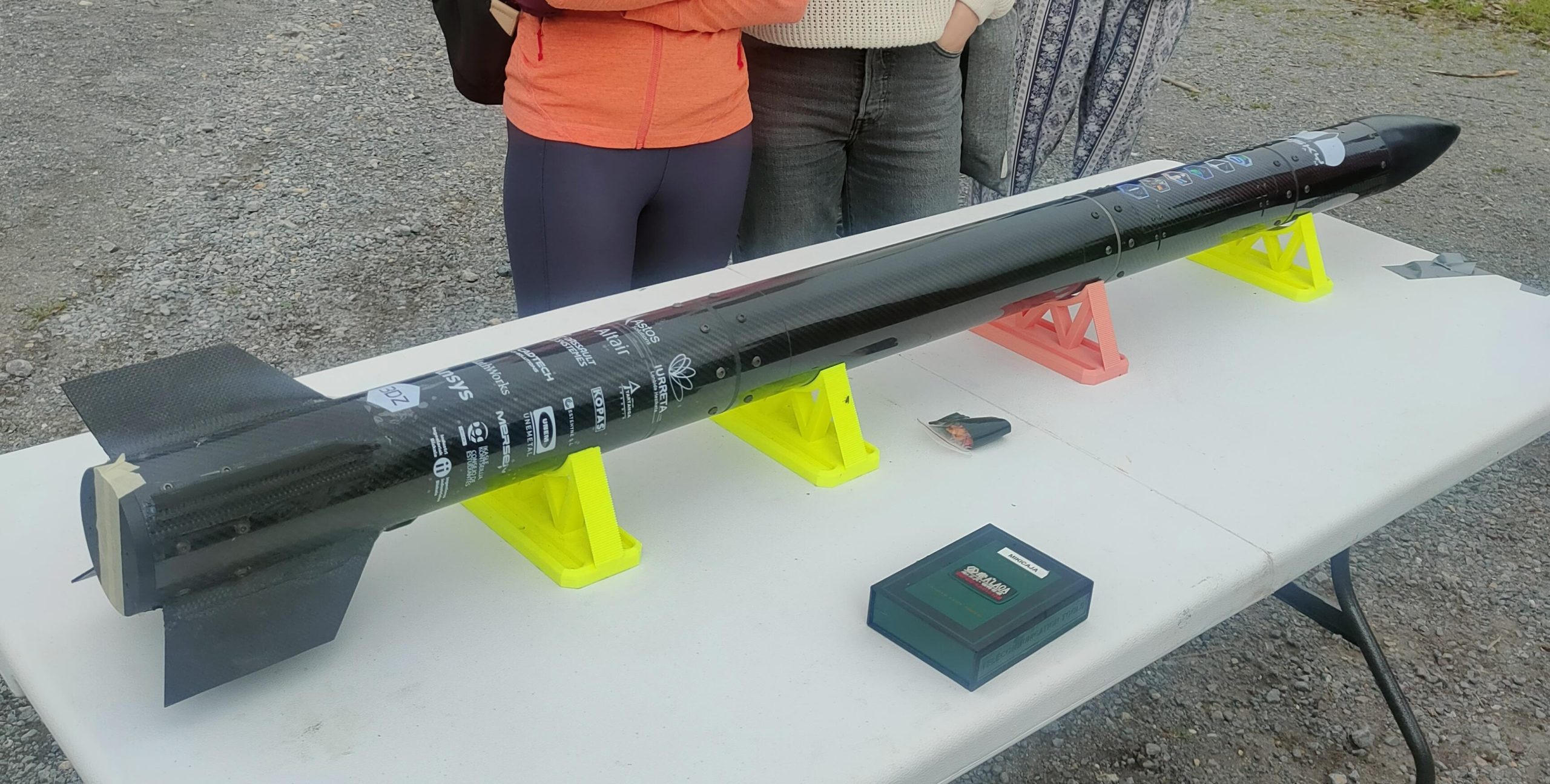3D biomodels are three-dimensional representations of organisms, organs, and biological systems. These offer a lot of information to researchers, doctors and all professionals working in biomedical engineering.
In relation to this technology, the experience of INMAKULADA Tolosako Lanbide Ikastola is shared in this interview.
Participation and need for the project
– Who has participated in the project?
– Alan Aldasoro and Andoni Badiola have participated in this TKgune project. Alan A. as a member of the TKgune work team and Andoni B. as TKgune coordinator of the center. Both have a year of experience in the TKgune network.
– How did this project come about?
– A couple of years ago, a State Project was carried out.
This project aimed to review the curriculum of Diagnostic Imaging and Nuclear Medicine technicians.
To carry out this review, two teachers from Tolosa, Alan Aldasoro and Amaia Hernández, traveled to Barcelona and received training trying to carry out the project.
When we were in Barcelona we learned what Biomodels consisted of and how to use them, which are increasingly used in the field of medicine.
On the other hand, taking into account the close relationship between our center and the private clinic in Asunción, the project and the collaboration between us came naturally.
Project Management
– How has your organization been?
– At the center, Amaia Hernández, Garazi Zubeldia, Alan Aldasoro and Andoni Badiola have participated in this project.
First we activated the team and specified what the objectives of the project were together with the Asunción clinic.
Subsequently, indicators were incorporated to meet these objectives and follow-ups were carried out through meetings and minutes.
– What difficulties/weaknesses/advantages has this project posed to you?
– The greatest difficulty has been the technical complexity and the time involved in the correct execution of the 3D BIOMODELS project.
It is a new technology and there is a great lack of references in this field, so the learning process has not been easy and there is still a lot to do.
On the other hand, it also has positive aspects, it gives us a detailed vision, improves planning in medicine and is totally personalized.
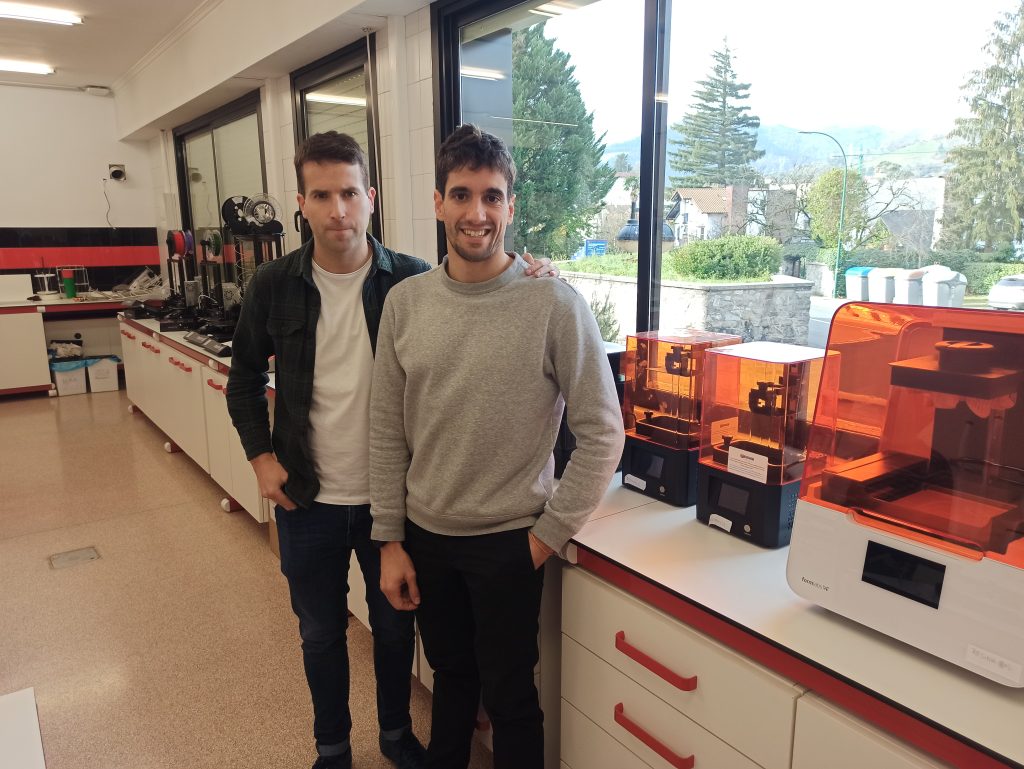
Benefits of the project carried out …
– As a project that can help society, have you had it as the main axis of motivation?
– Support for society has been one of the greatest motivations for carrying out this project.
By focusing our main lines on health and society, we wanted to reflect in some way our contributions in today’s society.
– Looking to the future, could this project mark a line of work? Do you think it could be located in some other health area?
– We believe so, since this project was born from the analysis of new lines of work.
More and more hospitals have departments specialized in 3D Biomodels and we want to contribute in this field, even if it is small.
We see that 3D biomodels will be necessary in research to better understand some diseases, to find new therapies or improve these current treatments.
– In the cycles of your center, has there been any transfer of knowledge to improve your day-to-day life; improve challenges, knowledge, etc.?
– On the occasion of this project, in addition to training our teachers, a specific transfer of knowledge to the students has been carried out.
We, the teachers, have brought the techniques and processes we have learned to class.
We try to keep our students close to reality, transferring what they have worked on in the projects and getting them closer to the technologies they will use in the future.


